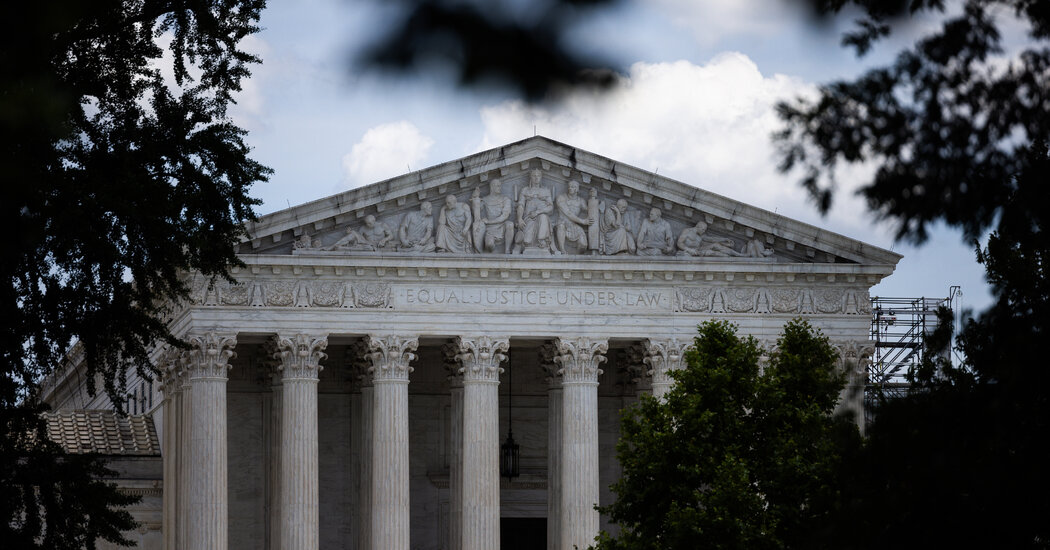The Supreme Court on Wednesday maintained a temporary pause on a new effort by President Biden to wipe out tens and perhaps hundreds of billions of dollars of student debt.
The plan was part of the president’s piecemeal approach to forgiving debt after the Supreme Court rejected a more ambitious proposal last year that would have canceled more than $400 billion in loans. Mr. Biden has instead pursued more limited measures directed at certain types of borrowers, including people on disability and public service workers, and refined existing programs.
The decision leaves in limbo millions of borrowers enrolled in a new plan, called Saving on a Valuable Education, which ties monthly payments to household size and earnings.
The emergency application was one of two related to the program that the justices decided on Wednesday. The brief order did not give reasons, which is typical, and no public dissents were noted.
Republican-led states had filed a number of challenges to the plan, including a lawsuit in the U.S. Court of Appeals for the Eighth Circuit, in St. Louis, which earlier this summer issued a broad hold on the loan plan while it considers the merits of the case.



And in four years just expand the court. And in four years just expand the court. What is your end game
I reiterate: It’s kind of weird to think using the legislative process as the founders did is extreme. Why do I say that? Because the founders organized the Supreme Court via legislation.
If in four years a Republican-controlled House, Senate, and Executive branch want to expand the court via legislation, then that’s their prerogative. And if four years after that, a Democrat-controlled House, Senate, and Executive branch want to do it again, that’s fine.
There’s nothing magical or mystical about nine members. Other developed countries have much larger Supreme Courts, which dilutes the ability of any one administration to shape it.
Until we come up with a way to uncorrupt the courts, sure. Currently, the SCOTUS is illegitimate.